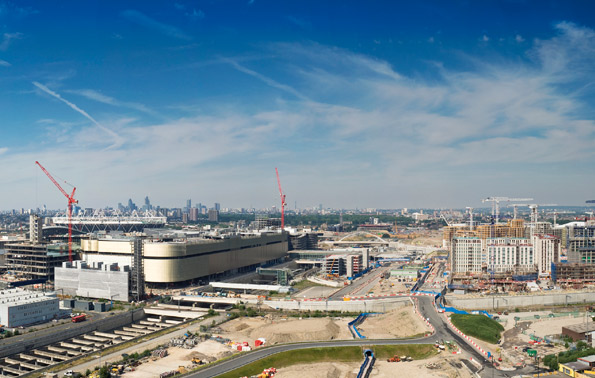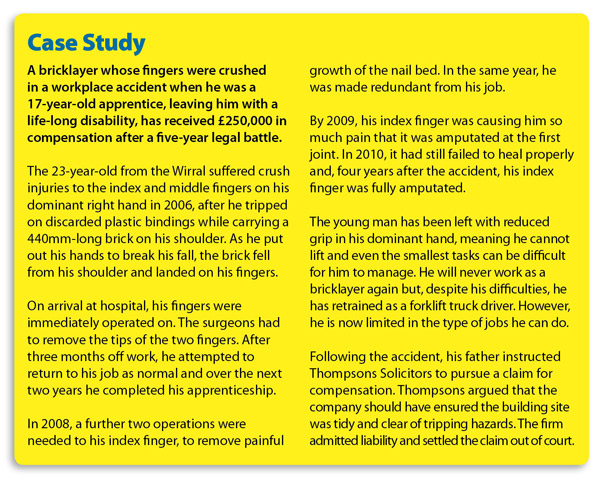Construction Safety Update
 Judith Hackitt, the Chair of the HSE, has written about the HSE’s work with the Olympics authorities on the London 2012 Games, expressing a hope that a key legacy of the Olympics will be to herald a change in attitudes to health and safety.
Judith Hackitt, the Chair of the HSE, has written about the HSE’s work with the Olympics authorities on the London 2012 Games, expressing a hope that a key legacy of the Olympics will be to herald a change in attitudes to health and safety.
She highlighted a remark by Lawrence Waterman, the Head of Health and Safety at the Olympic Delivery Authority (ODA), who said, “Managing health and safety well is not a cost. It’s an investment.” Applying this approach, the ODA had aimed to make the building of the London 2012 venues one of the safest construction projects ever.
Judith Hackitt said, “Given the scale of the work — arguably one of the biggest construction projects in Europe — this was a challenge worthy of any Olympian.”
However, not only were there no work-related fatalities during the “big build” phase of construction, but in a project which clocked up more than 80 million working hours, figures from the ODA show fewer than 130 reportable incidents, a performance described as “gold standard” by the HSE Chair.
Perhaps most importantly, Judith Hackitt believes that the H&S achievements will form a key part of the legacy of the Olympics, along with the social and sporting legacies. The HSE Chair highlighted a recent visit to Rosyth shipyard where she said she was told how the shipyard is seeking to follow the exemplary approach taken on the Olympic Park. She said that “the practical lessons learned from the construction phase of London 2012 are already being applied to companies of all sizes from a wide-range of industries”.
Building sites putting workers at risk
It is not all good news in the construction industry though. The HSE recently expressed concern that almost half of the refurbishment construction projects it recently inspected in North East London failed health and safety spot checks.
The comments were related to a day-long inspection initiative by the HSE on 3 July 2012 which saw a small team of Inspectors visit 22 construction sites across North Hackney, South Tottenham and Haringey.
The HSE says that enforcement action had to be taken at nine of the sites, with six prohibition notices served requiring dangerous practices to stop immediately, and six improvement notices served requiring safety improvements to be made. One site was completely closed down due to exceptionally hazardous conditions.
Five of the prohibition notices served related to unsafe work at height. Training and welfare concerns accounted for the improvement notices.
Common issues found during the inspections were:
- Missing basic precautions, such as edge protection to prevent falls from height
- Failure to properly plan work
- Poorly trained site managers
- Inadequate welfare facilities for workers.
Commenting on the inspection initiative, Mike Williams, Principal Inspector for HSE’s construction division in North and East London, said, “Construction remains one of Britain’s most dangerous industries and fatal incidents across London have shown how devastating they can be. We are very concerned at the number of small sites that are failing to take the most basic precautions to protect workers and members of the public. Good health and safety on construction sites is a legal requirement and we will continue to clamp down on dangerous practices or poor standards until the message gets through.” He added, “Contractors must properly plan their work and protect their workers from risks such as falls from height or structures collapsing.”

